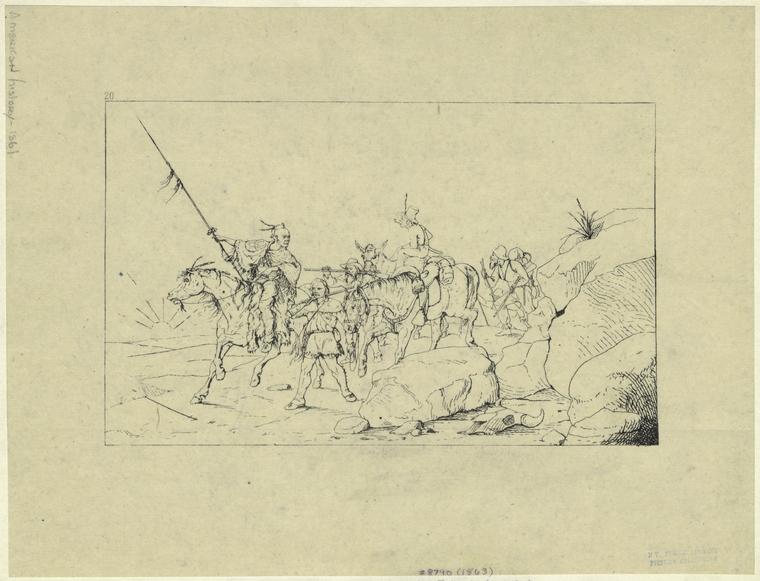According to Arizona Department of Mines and Mineral Resources (ADMMR) documentation (now at Arizona Geological Survey (AZGS)), the mine was developed sometime in 1931 by W. F. Christman to obtain barite ore deposited along a fault running NW to SE along Coon Bluff. The highwall shown above runs along this fault. Barite is a heavy mineral used primarily in oil drilling "mud" because it helps the lubricating fluid sink during drilling. Christman obtained the original 1897 claims from owners who were earlier prospecting for silver. The mine has been known by several names over the years: Phoenix Group, Granite Reef, Chrisman Barite, Mesa Barite Claims, Macco and Granite Reef Dam.
 |
| Headframe - AZGS File 394 |
A 1945 survey map shows the vertical shaft reaching 320 feet and the locations of several open cuts including the southeastern one visible today from the Bush Highway. There seems to have been a lot of correspondence during 1941-1945 concerning obtaining federal funds for operating expenses. An argument was being made regarding the need for barite to support the war effort. Mining continued until 1955 when decreased quality of the ore and heavy flows of underground water caused the operations to end.
 |
| From File 394, AZGS |
In 1970, the Forest Service notified the representative of the current claim owners of public safety hazards at the site including open shafts and thinly covered underground workings. The letter asked for the cooperation of the owners in supporting mitigation of the hazards. An unsigned 1982 correspondence in the AZGS (ADMMR) file indicates that the property has been bladed and shafts and pits blasted shut.
The workings must have opened up a bit over the years because by the time I was poking around the area in the mid 2000's a deep hole along the fault was clearly present. The video below shows an opening into the workings that I recorded in 2007.
2007 Open Shaft
 |
| A covering of chain link fencing had been added by 2013 |
 |
| Current Shaft Covering |
Hikers should be aware that there are still a few hazards left in the area. There are two nearby prospect holes that are deep enough for a nasty fall.
 |
| Prospect Hole SW of Site |
 |
| Prospect Hole SE of Site |
The area is easily accessible by following a horse trail from the parking lot at the Phon D. Sutton & Bush Highway intersection. Follow the horse trail approximately 3/8 mile east until a faint road appears to the left leading north to a pass. The old road will lead into the mine area.
References:
Arizona Geological Survey, Arizona Barite, File 394
U.S. Department of the Interior, Bureau of Mines, "Barite Deposits of Arizona", L.A. Stewart & A.J. Pfister, 1960, pg. 38.
















